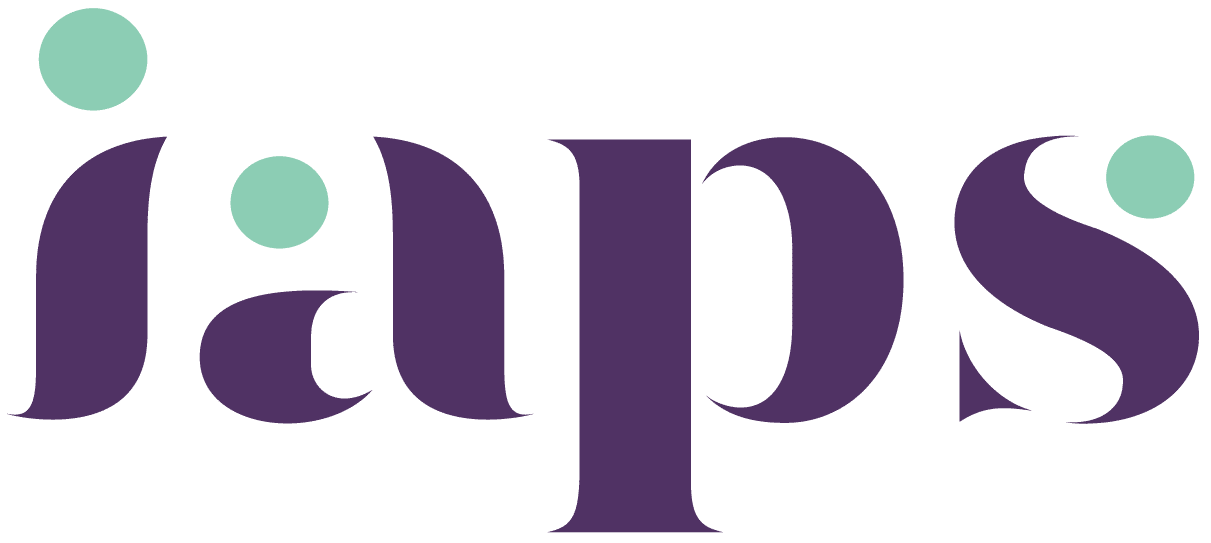The Year 8 Academic Scholars have recently been considering the nature of truth. As part of the Scholars Programme the students consider a variety of philosophical questions. Last year they spent some time pondering the nature of reality and this year’s first foray into the world of philosophy they thought about truth.
We are so used to deploying the word in everyday language in a variety of contexts: half truth, whole truth, gospel truth, truth is stranger than fiction etc that we rarely ponder what the word itself might mean. It certainly is front and centre in many significant political and constitutional documents “We hold these truths to be self evident” from the US Declaration of Independence for example, and appears in literature “Beauty is Truth, Truth Beauty” Keats and perhaps most notoriously in the famous “Spycatcher” case, where the phrase “Economical with the truth” made its first appearance. Or what of Mathematical Truths or Logical Truths, is their truth of a different quality or character?
Having thought and discussed the different ways we use the idea of truth, the students were introduced to the idea that there may be different types of truth: correspondence truth for example, where something can be said to be true if it corresponds to a state of affairs in the real world that can be easily verified, “Mr Cavendish delivers his Scholarship sessions in the Old Library” for example. However if something occurred, this lesson for example, on October 12th then we are into a different sort of truth given that our dating system could be said a form of consensus truth as it something a large number of people have agreed to agree upon. We moved on to coherence truths (consistent)and pragmatic truths ( useful) and then, though time was against us began to examine US President Richard Nixon’s resignation speech looking for examples of different types of truth. It began..
“This is the 37th time I have spoken to you from the Oval Office…”






